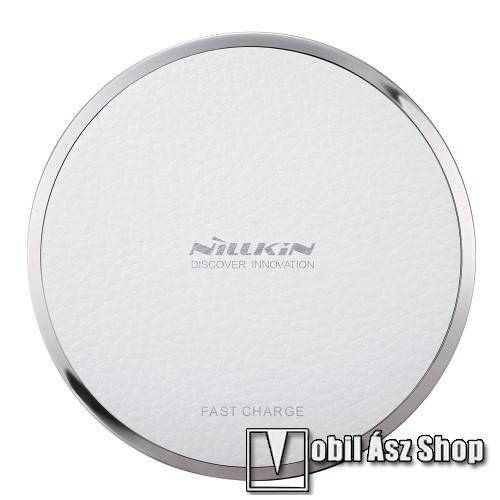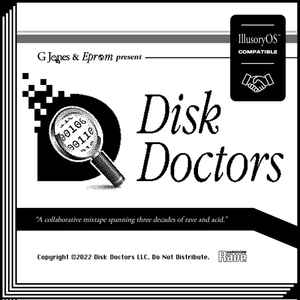
- DISK INVENTORY X FOR 10.2 HOW TO
- DISK INVENTORY X FOR 10.2 MAC OS X
- DISK INVENTORY X FOR 10.2 INSTALL
DISK INVENTORY X FOR 10.2 MAC OS X
If your Mac can only boot into Mac OS X and you have no need for Classic mode, you can uninstall Mac OS 9 using the instructions in the “Uninstalling Mac OS 9” section of the “Mac OS 9” chapter of Troubleshooting Mac OS X.Īctually, even if you select ONLY English while installing OS X, when you update, the system update does not respect your language choices. Trial software that shipped with your Mac, but which you do not intend to use. If your Macintosh HD > Applications folder is cluttered with:
DISK INVENTORY X FOR 10.2 HOW TO
Mac OS X 10.2 Jaguar: See the AppleCare Knowledge Base document "Mac OS X 10.2: How to Delete a Previous Systems Folder." Type your Admin password when requested to authenticate this operation. Using your Admin account, drag the Previous Systems folder to the Trash. Once you are satisfied that your Mac is functioning properly after an Archive and Install, you can delete the Previous Systems folder as follows:
DISK INVENTORY X FOR 10.2 INSTALL
If you have performed an Archive and Install of Mac OS X, a Previous Systems folder was created containing your prior Mac OS X System folder. Only use versions which are compatible with the version of Mac OS X you have installed.ĭelete the Previous Systems folder from a prior Archive and Install Note: Be sure to thoroughly read the instructions before using these utilities. If you wish to retain specific localizations - such as US English and Spanish - download and run the freeware utility Monolingual to remove only selected localization files. If you only need to run your Mac in US English, download and run Bombich Software DeLocalizer. You can save roughly 200Mb of hard disk space by removing these localization files. These files enable the Mac OS X interface to appear in a variety of languages.

If you selected the Easy Install option when installing Mac OS X, localization files for over a dozen languages are installed. "Mac OS X 10.3 Help: Archiving files and folders."įollow the advice in our "Running Mac OS X Maintenance Scripts" FAQ to regularly execute the Mac OS X maintenance routines that clean up System logs and temporary files created as part of the UNIX® underpinnings of Mac OS X.

"Mac OS X 10.4 Help: Archiving files and folders." To use this function, see the following AppleCare® Knowledge Base document corresponding to the version of Mac OS X you are using: These archives are generally far smaller than the original files they contain, provided the original is not already in a compressed format. Mac OS X 10.3 Panther® and later has a built-in function - Create Archive - for creating compressed archives of files or folders. If you have not done so already, this is an excellent time to consider implementing a comprehensive backup and recovery solution.

Only put an object in the Trash if you are sure it is no longer needed.Īrchive - move, copy and delete, or backup and remove - files you do not use regularly to CD or another backup medium.

In Finder, select Finder > Empty Trash or, under Mac OS X 10.3 or later, you can also select Finder > Secure Empty Trash.ĭo not use the Trash as a "temporary" storage area. You can employ any of the following tips to increase the free space available on your Mac OS X startup disk without altering your hardware.Īs obvious as it may sound, some folks regularly Trash files but neglect to periodically empty the Trash.


 0 kommentar(er)
0 kommentar(er)
